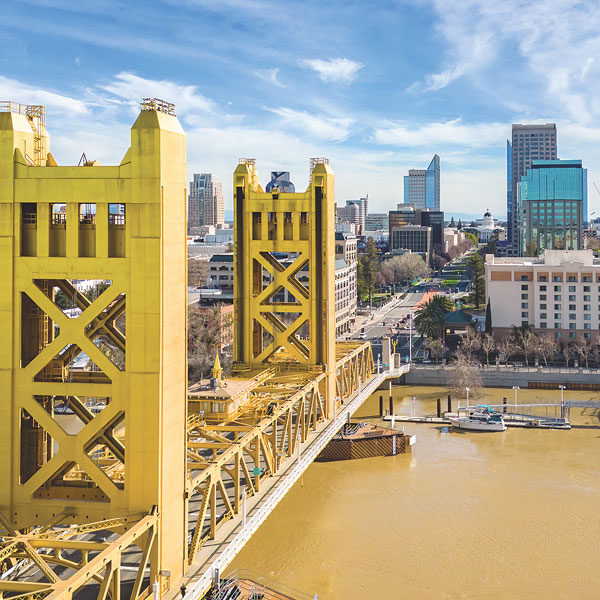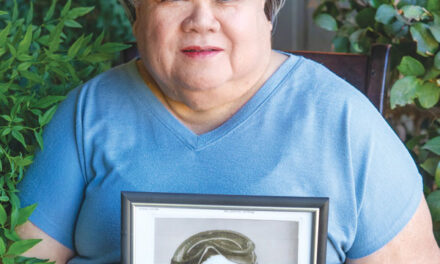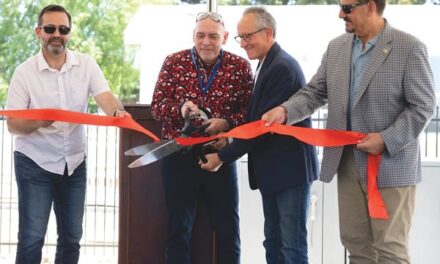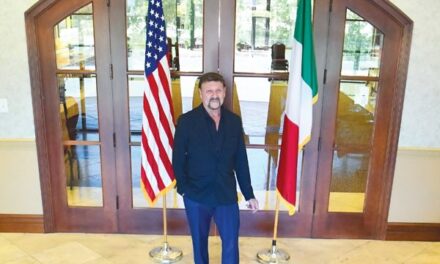I’m partial to downtowns. Growing up in Chicago, nothing was more exciting than a trip to the Loop, where the energy and attractions were better than anywhere else in the city or suburbs.
The comeback of downtowns after years of suburban flight became a familiar story the past few decades. Downtown was where the action was, where you went to see a play or concert, shop at the best stores, eat at the finest restaurants.
Downtown is a healthy city’s front door, welcoming workers and visitors. Because such a large part of the population works and spends leisure time there, a strong downtown is the economic engine that pays for many city services.

Then came COVID-19 and remote work. Downtowns, including ours, turned into ghost towns as quick as you could say “Dr. Fauci.” In Sacramento, some 70,000 state workers, who kept the place busy and the restaurants, stores and bars happy, suddenly worked from home.
Now, Sacramento, like other cities, is trying to figure out what comes next.
Our Downtown has begun to recover, especially since Gov. Gavin Newsom told state employees to return to their offices at least two days a week. But with an estimated 30,000 state employees permanently working at home, challenges remain.
This is where the Downtown Sacramento Partnership comes in. Since 1995, the organization has been an effective promoter for Downtown.
The partnership pushed for safer and better lighted streets. It brought in entertainment and attractions. With a budget raised from assessments on property owners, grants, sponsorships and contracts, it’s done a respectable job.
Now the partnership wants city and state officials and the rest of us to take advantage of this “all hands on-deck” moment to reimagine a Downtown built around something other than state workers.
The group compares the challenge to three decades ago, when three local military bases closed. The city and county needed a realignment strategy to replace lost economic activity.
The stakes are enormous. In March, the partnership released an economic analysis that said the city stands to lose $4.3 billion over the next 20 years from remote work.
In May, the group produced another report, this time with the Sacramento chapter of the Urban Land Institute, on how to speed up Downtown’s recovery.
There are no earth-shattering recommendations in the report. Much of it repeats familiar concerns.
People want to feel safe Downtown. The city needs more recreational and cultural attractions. More housing is crucial. Capitol Mall isn’t inviting and should hold more special events. And can we ever connect the waterfront to Downtown?
On that last point, the partnership could be aided by Rep. Doris Matsui, who has a request before Congress for up to $5 million for the Riverfront Reconnect Project.
Also, now that voters approved using revenue from local hotel and tourism taxes, the city has somewhere around $100 million to invest and leverage to get Downtown moving again. Expect a new waterfront plan this summer.
Another good idea in the report calls for academic campuses Downtown, but the city may have lost its best shot when UC Davis rejected an offer of free land behind the train station. Instead, the university developed Aggie Square, the new innovation campus on Stockton Boulevard.
Although many such ideas have been around for years, the Downtown Partnership and Urban Land Institute deserve credit for starting a conversation long overdue. We can’t sit back and wait for state workers to return. It’s not in the cards.
“We need a foundational redirection of what a successful city center is going to look like going forward,” says Scott Ford, the partnership’s economic development director. “This really does empower everyone to be part of the solution because it’s going to require everyone to get on board to make this happen.”
We’ll keep an eye on the progress. But redirection won’t be easy. Considerable public investment is needed, and the city and state are both in the red.
Regardless of whether you go Downtown or not, we all have a stake in seeing the Partnership/Urban Land Institute ideas come to fruition. The city needs a resilient, energetic Downtown.
Gary Delsohn can be reached at gdelsohn@gmail.com. Follow us on Facebook and Instagram: @insidesacramento.
















